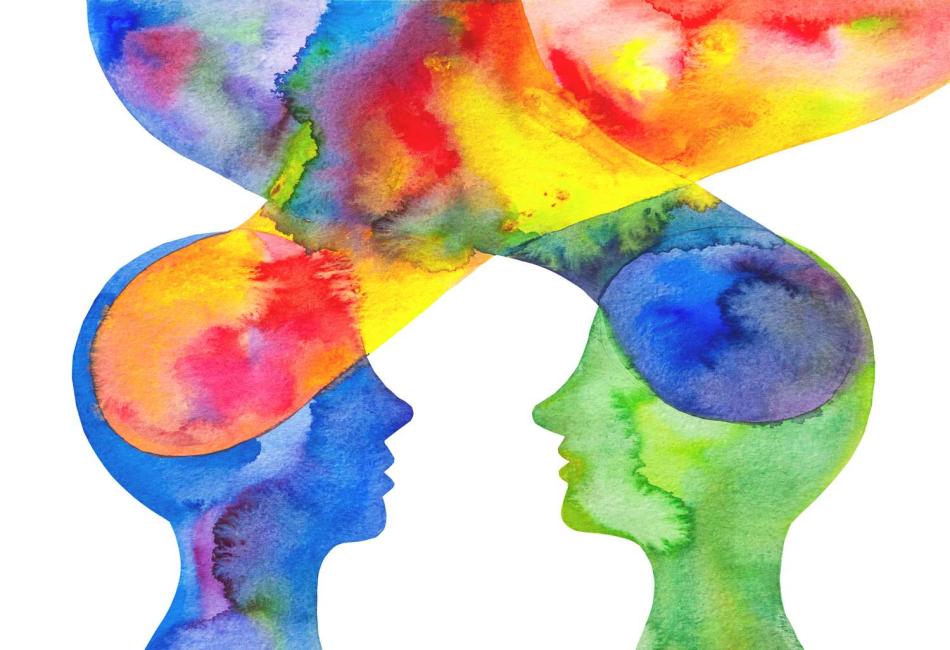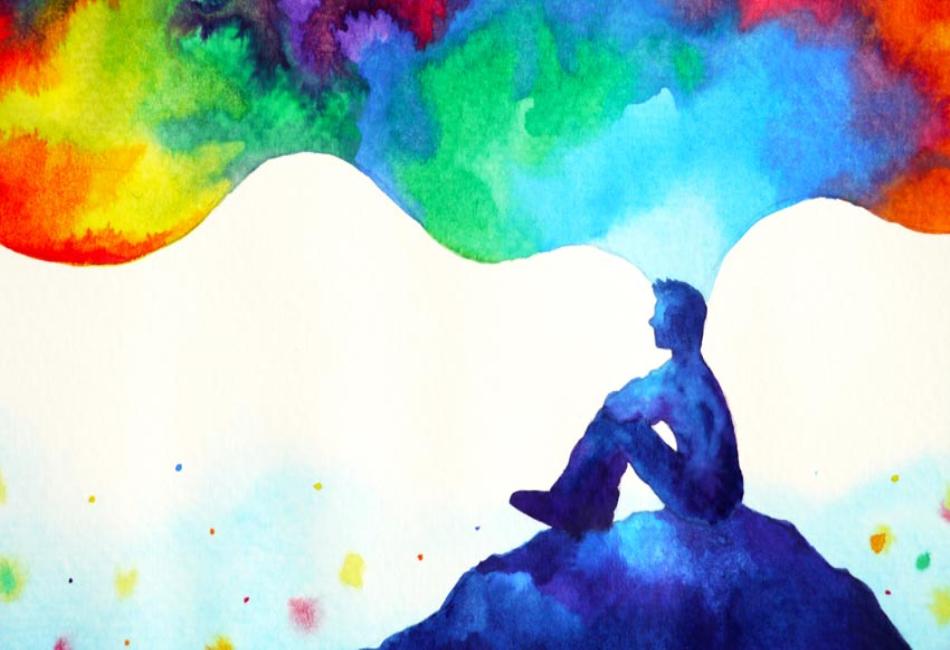Colors are more than just visual elements — they carry emotional, cultural, and even physiological associations that can influence how we feel. Among the many emotions linked to color, anger is one of the most intense. When people wonder what color means anger, the most common answer is red. This is no coincidence. For centuries, red has been tied to rage, aggression, and intense emotional states in art, literature, and psychology.
In this article, we’ll explore why red is the dominant color associated with anger, how other colors can also symbolize this emotion, and what science and culture have to say about the connection.
The Psychological Answer to What Color Means Anger
From a psychological standpoint, red is the most widely recognized color of anger. Studies in color psychology have shown that red can raise heart rate, increase blood pressure, and trigger heightened emotional responses. This makes it a natural match for anger, which is often characterized by increased adrenaline and physical tension.
The expression “seeing red” is deeply rooted in this association — it’s a figurative way of describing someone who is so angry that it feels like their vision is tinted with the color of rage.
Historical and Cultural Perspectives on What Color Means Anger
In Ancient Cultures
- Ancient Rome and Greece – Red was associated with Mars and Ares, the gods of war, symbolizing not just anger but also violence and battle.
- Chinese Culture – While red is generally a positive color associated with prosperity, in certain contexts it can also represent strong, overwhelming emotions like fury.
In Modern Western Culture
Today, when someone asks what color means anger, most people in the Western world will say red without hesitation. In traffic lights, warnings, and danger signs, red commands attention — a reaction that parallels the urgency and explosiveness of anger.
Shades of Red and Their Link to Anger
While “red” is a broad category, specific shades can evoke slightly different emotional responses:
- Bright Red – Signals intense, immediate anger.
- Crimson – Deep, simmering rage.
- Scarlet – Passionate and volatile anger.
Can Other Colors Mean Anger?
Although red is the dominant answer to what color means anger, other colors can symbolize anger in different contexts:
- Black – Often associated with resentment, bitterness, or vengeful anger.
- Orange – Can represent frustration or irritation, especially when leaning toward reddish-orange tones.
- Dark Brown – In some cultural depictions, this can represent stubborn, long-lasting anger.
Table: Colors Associated with Anger and Their Meanings
| Color | Type of Anger It Represents | Common Usage Examples |
| Bright Red | Explosive, immediate anger | Warning signs, sports penalties, heated debates |
| Crimson | Deep, lingering rage | Historical art, dramatic film lighting |
| Scarlet | Volatile, passionate anger | Costume design, theatrical performances |
| Black | Vengeful, brooding anger | Villain costumes, Gothic art |
| Orange | Irritation, frustration | Satirical cartoons, exaggerated expressions |
Why Red Triggers an Emotional Response
Scientists have found that red wavelengths are the most stimulating to the human eye. This stimulation can trigger physiological changes, such as increased breathing rate and heightened alertness — both of which are common during anger.
In sports, red uniforms have even been linked to higher win rates in competitive events, possibly because the color subconsciously signals aggression and dominance.
Anger Colors in Art and Media
If you’re still wondering what color means anger, one place to look is art history and modern media. Artists and designers often use red lighting, costumes, or backdrops to communicate rage without words.
- Film Posters – Action and revenge films often feature posters dominated by red.
- Comics and Cartoons – Characters are drawn with red faces or red backgrounds during angry scenes.
- Video Games – Red visual effects are used to show damage or heightened aggression.
The “Seeing Red” Effect in Language
The English phrase “seeing red” isn’t unique — similar expressions exist in other languages, showing a global link between red and anger:
- Spanish – “Ponerse rojo de ira” (to turn red with anger)
- French – “Voir rouge” (to see red)
This shared linguistic imagery reinforces the strong global association between red and anger.
Can Calming Colors Reduce Anger?
Interestingly, just as certain colors can trigger anger, others can help reduce it. Cool colors like blue, green, and lavender are often used in calming spaces to diffuse tension. This is why conflict-resolution rooms, therapist offices, and meditation spaces often avoid bold reds and oranges.
Practical Applications of Color and Anger
Understanding what color means anger has real-world uses:
- Marketing – Brands use red to create urgency, but overuse can trigger stress or agitation.
- Sports – Coaches might use red uniforms to create a competitive, aggressive edge.
- Interior Design – Avoiding too much red in high-stress environments can reduce conflict.
How Cultural Differences Influence Anger Colors
In some cultures, the color linked to anger can vary:
- In Africa, certain tribes use black or deep brown in masks and art to represent hostility or conflict.
- In parts of the Middle East, dark shades of red are often associated with strong emotions, such as anger and revenge.
Color Psychology and Emotional Spectrum
Color psychology suggests that emotions are often grouped into spectrums. Anger is typically positioned on the “warm” side, alongside passion, excitement, and energy — all associated with red and orange tones.
This is why even in unrelated contexts, warm colors can feel more “urgent” or “aggressive” than cool tones.
Anger in Branding and Symbolism
Brands that want to communicate boldness or dominance may lean into red tones, even though they risk evoking aggression. For example:
- Sports Teams – Red logos signal strength and intensity.
- News Outlets – Red graphics are used for breaking news alerts to grab attention immediately.
FAQs About What Color Means Anger
- What color means anger the most?
Red is the most commonly associated color with anger due to its psychological and cultural links to intensity and aggression. - Why is red linked to anger?
Red can increase heart rate and alertness, physically mirroring the body’s reaction to anger. - Are there other colors for anger besides red?
Yes — black, orange, and dark brown can symbolize different types of anger in certain contexts. - Is red always a negative color?
No, red also symbolizes love, passion, and celebration in many cultures. Its meaning depends on the context. - How can colors reduce anger?
Cool colors like blue and green have calming effects that can help diffuse tension and stress.
Final Thoughts
When it comes to what color means anger, red stands out as the universal symbol. From the physiological “seeing red” effect to centuries of artistic and cultural associations, red has become the visual shorthand for rage and aggression. However, other colors, such as black, orange, and dark shades, can also symbolize anger in specific contexts.
Understanding these associations can help in design, communication, and even emotional regulation, proving that the colors we see can have a deeper impact on how we feel and how we’re perceived.
Read Also :
What Color Means Love? A Complete Guide to Romantic Symbolism in Colors and Flowers
Book Backdrops: How Setting, Context and Imagery Influence Literature
Harry Potter Book Cover: Read More on the Magical Evolution of a Global Icon





